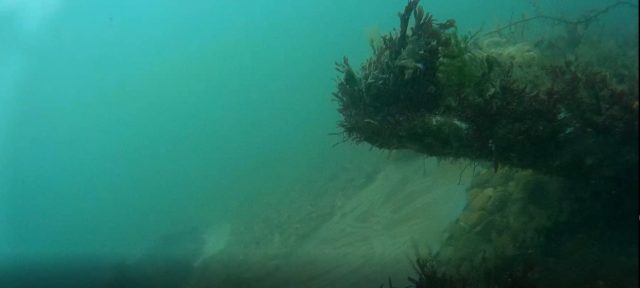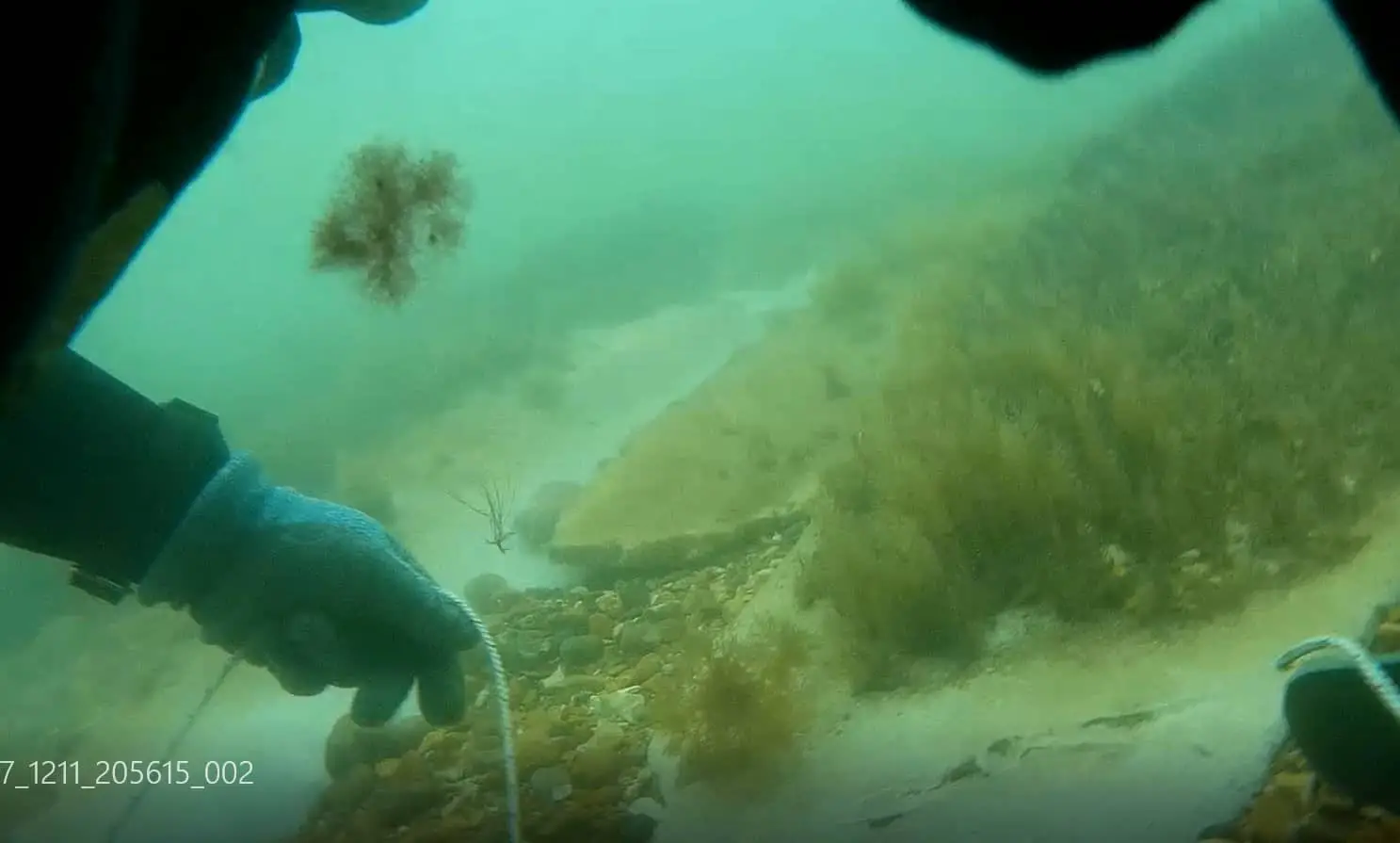As 2022 draws to a close, Historic England is highlighting listed gems from the 240 places across the country which have been added to the National Heritage List for England (NHLE) over the past year. This includes 39 in the South East of England.
Gems added to the List in 2022 include two shipwrecks off the Isle of Wight.
What is the National Heritage List for England?
Historic England manages the National Heritage List for England on behalf of the government and Secretary of State for Digital, Culture, Media and Sport (DCMS).
It identifies buildings, monuments, sites and landscapes for ‘listing’, which means they receive special protection, so they can be enjoyed by people now and in the future.
Isle of Wight wrecks
Designated under the Protection of Wrecks Act 1973, the 16th and 17th century Shingles Bank Wreck sites (NW96) and (NW68) off the Isle of Wight have been granted the highest level of protection.
Their remains include cannons and lead ingots and have shed light on trading at the time.
A well-known navigational hazard
The Shingles Bank in the Needles Channel is a well-known navigational hazard for ships entering the Solent from the west.
It is thought that both NW96 and NW68 became stranded on the banks before sinking.
Discoveries
Archaeological remains of these vessels include several cannons, a large anchor, at least 50 very large lead ingots with unidentified markings and stone cannonballs.
The ingots are a fixed size and weight and would have been used as currency for trade – so they could be made into a variety of products including bullets, lead flashing on roofs and pipes.
Stone cannon balls
Initial research suggests the lead ingots from the NW96 were cast from a furnace known as a ‘bole’. Boles fell out of use from around 1580, suggesting the vessel dates from the 16th or very late 15th century. This theory is supported by the presence of stone cannon balls, which were replaced with iron shot and were no longer used by the end of the 16thcentury.

Analysis of the cannons indicates that one of them from the NW68 wreck was cast in Amsterdam between 1621 and 1661, which helps place it as a mid-late 17thcentury armed vessel, probably of Dutch origin.
The First Anglo-Dutch War
This indicates that the ship could have been associated with the Battle of Portland in 1653, when the fleet of the Commonwealth of England was attacked by the Dutch Republic during the First Anglo-Dutch War. The Netherlands was the maritime and economic power in the world during this period so this site could help further our knowledge of 17th century seafaring activity.
The finds are being investigated by archaeologists from the Maritime Archaeology Trust and Wessex Archaeology, along with their finders, Martin Pritchard and Dave Fox. With the addition of these two wreck sites, there are now 57 Protected Wreck Sites in English waters.
Parkinson: Explore our shared heritage this Christmas
Heritage Minister, Lord Parkinson of Whitley Bay, said,
“Heritage sites tell the story of our country, boost tourism, and help us understand and take pride in where we live. By listing buildings and protecting wrecks, battlefields and monuments, we can safeguard our history for future generations to enjoy as well.
“With an extra 240 places added to the list this year, I’m pleased to join Historic England in encouraging everyone to get out and explore our shared heritage this Christmas.”
Wilson: Enrich the List
Chief Executive of Historic England, Duncan Wilson, said
“The variety of listings this year illustrates the rich diversity of our shared heritage and the importance of everyday places that make up the fascinating fabric of our past. Places like this help to make us proud of where we live. Listing recognises their value so they are protected for the future and everyone can continue to enjoy them.
“In England, 99 per cent of us live less than a mile from a listed site and the festive season is a great time to find out more about the historic places on our doorsteps.
“This Christmas, we’re inviting everyone to help Enrich the List, by sharing their knowledge and pictures of listed places to help expand our shared understanding and perhaps even unlock some of the secrets of the past.”
Search the list via the Historic England Website.
News shared by Celia on behalf of Historic England. Ed
Image: © Martin Pritchard





